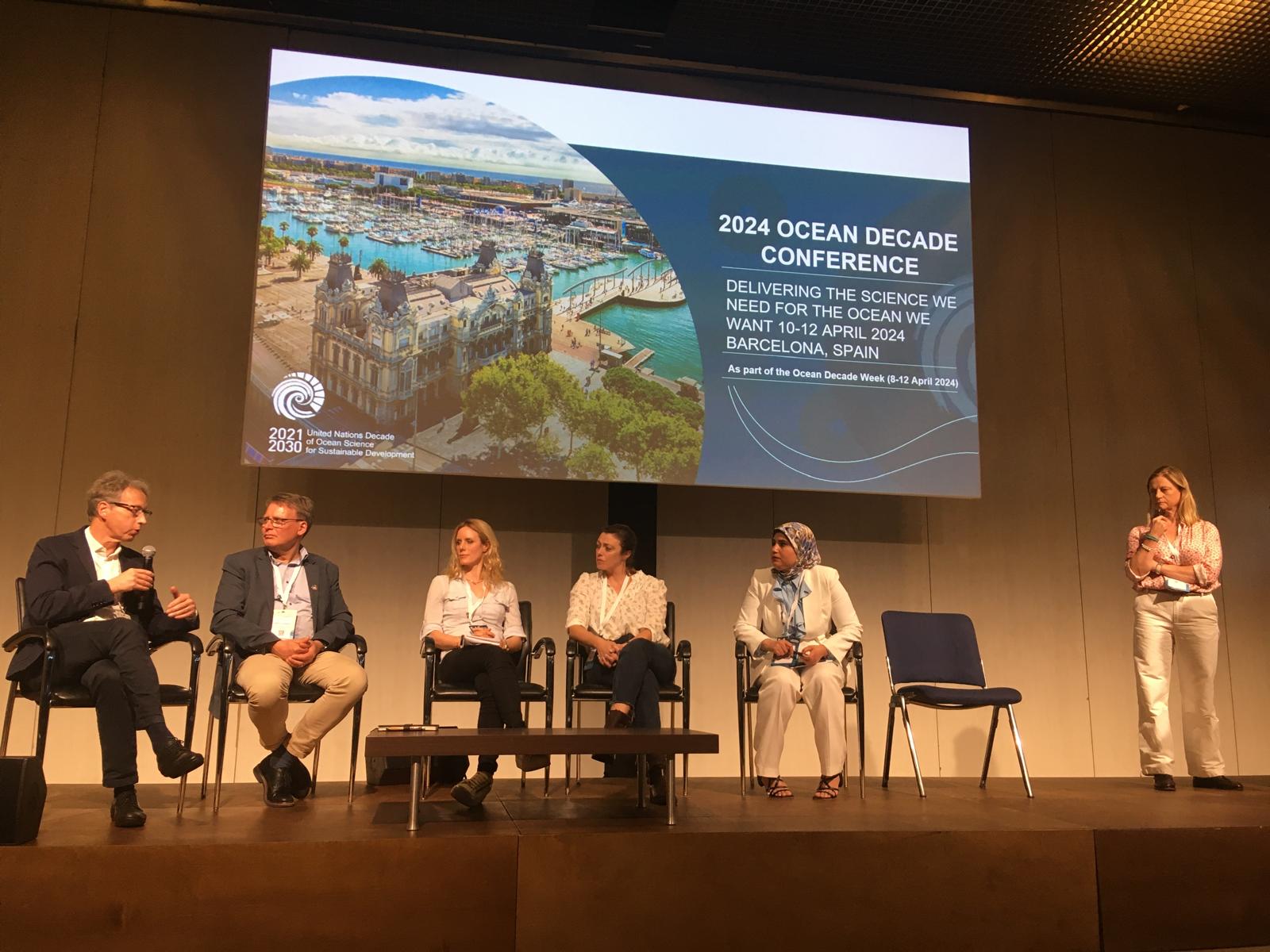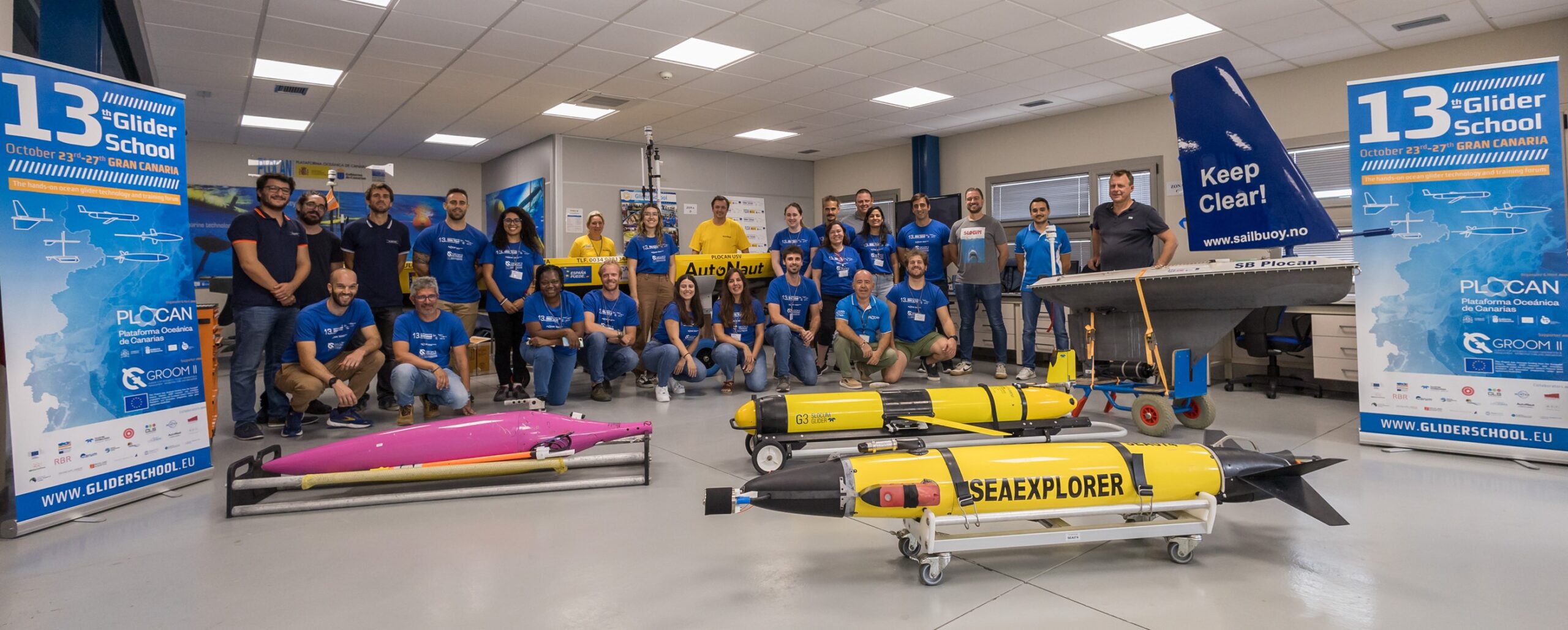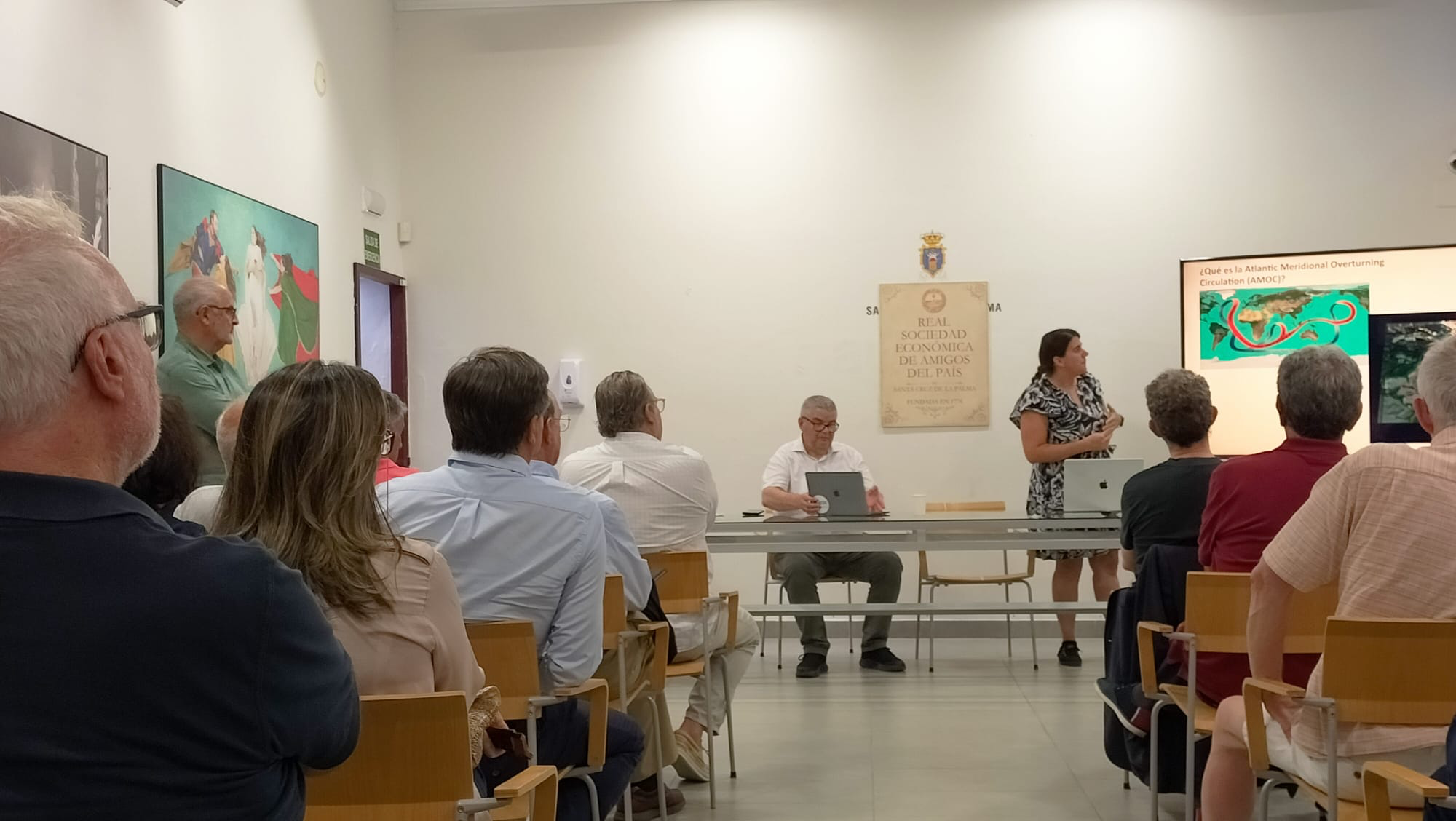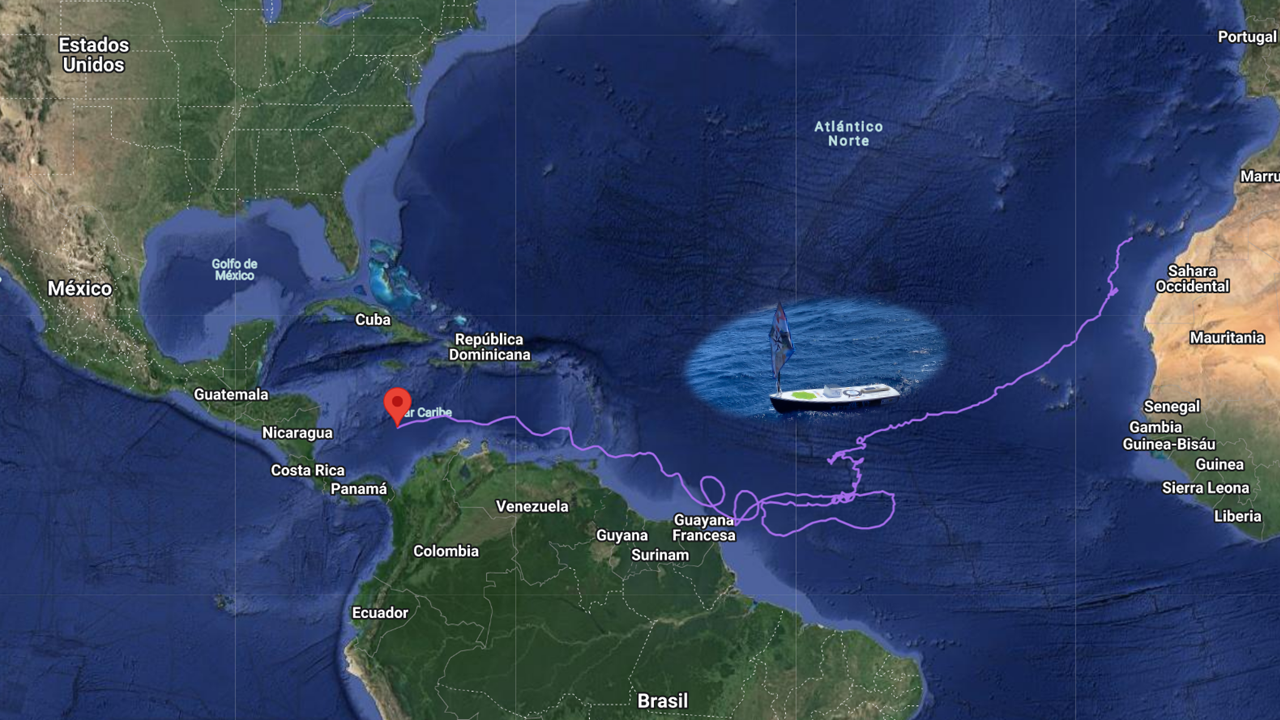The Oceanic Platform of the Canary Islands (PLOCAN), the Spanish Institute of Oceanography (IEO) and the University of Las Palmas de Gran Canaria with the support of the oceanographic vessel Ramón Margalef, which belongs to the IEO, have renewed the European Oceanic Time Series Station in the Canary Islands (ESTOC), a marine observation infrastructure located a hundred kilometers north of the archipelago.
In December 2019, all the observation elements of ESTOC were anchored and they had to be replaced in order to allow to maintain the quality of the observations that have been made since 1994. Thanks to the work of the crew of the oceanographic vessel Ramón Margalef, which belongs to the IEO, the participant members of the University of Las Palmas de Gran Canaria and the technical staff of PLOCAN, the ESTOC observatory remains vigilant after the renovation and maintenance of the infrastructure.
In oceanography, a time series program consists of developing continuous observations for long periods of time in some places in the ocean. These observations enable to study the variations and changes in the state of the ocean in the short, medium and long term.
ESTOC began monitoring the ocean in the early 1990s together with other similar observing stations that were distributed throughout the different oceans of the world. The implementation of these observation programs was necessary to obtain sufficient data to help evaluate the possible impact of human activities on the Earth’s natural cycles.
Nowadays it is already known that most of these observation programs have detected significant changes in the ocean attributable to human activity, such as the increase in ocean temperature, the increase in the carbon dioxide content which causes the acidification of water, as well as a reduction of dissolved oxygen caused by warming and stratification of the most superficial layers of the sea.
ESTOC is part of the main European observation programs, belonging to the european research infrastructure known as EMSO (European Multidisciplinary Seafloor and water column Observatory). The objective of these observatories is to generate coordinated and comparable observations to enable scientists to assess globally changes that are taking place and predict possible climate scenarios for the coming years.




